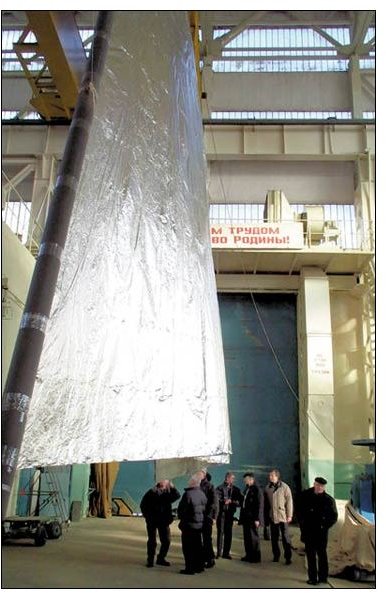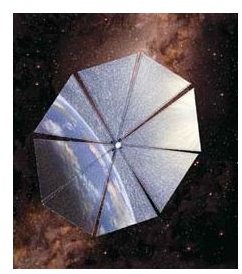Using Solar Sails to Power Spacecraft: How it Works and Advantages of Solar Propulsion
What is a Solar Sail?
The solar sail bares many resemblances to the classic sail used in ships since the advent of sailing: It is lightweight yet durable, it has a large surface area and its purpose is to transfer thrust to the vessel that uses it. The notable difference being, this one is designed for space travel, not the sea.
The usual sails use their surface area to translate the energy of the wind into thrust for the ship. So sails are invariably connected to and dependant on the wind. One might make the logical assumption that solar sails take advantage of the solar wind, the current of charged particles that emanates from the sun (a more scientific term being ‘plasma’).
How Does it Work to Power Spacecraft?

But this is not the case. Though these charged particles do have quite a bit of energy and are readily available, a form of propulsion based solely on the solar wind and is technically more challenging and complex (such a mechanism is called a magnetic sail, or magsail), than the solar sail. So, if the solar wind isn’t why solar sails propel a spacecraft, what does ?
The answer is radiation pressure, the pressure exerted to any surface that comes in contact with electromagnetic radiation, and in this case, the source of this radiation is the Sun. On Earth this pressure amounts to 4.6 μPa (6.67x10-10 psi), which might seem feeble, but in the void of space this pressure would be allowed to exert force into a surface, and slowly but firmly accelerate it into fractional light speed. The more radiation the surface reflects, the more pressure is exerted, and more thrust is achieved. Completely reflecting the radiation doubles the radiation pressure on the surface. In fact, radiation pressure, though negligible, is always included in calculations involving interplanetary probes and ignoring its effect would place a probe thousands of miles off its destination.
Advantages and Applications
The main advantage of solar sails is that they require no reaction mass (no fuel) to provide thrust. So the overall mass of a spacecraft is significantly reduced since in most cases, the majority of mass in a spacecraft is its fuel. This helps accelerate the spacecraft in a sensible amount of time to speeds comparable or superior to nuclear ion engines used today. Though no spacecraft has used solar sails as its main propulsion method, there have been abortive attempts. A privately funded mission by the Planetary Society, Cosmos 1, never had a chance to deploy its sail due to the launch vehicle from Earth failing. Cosmos 2, the next attempt at deploying a solar sail is still in need of funds and support and this time a more reliable launch vehicle (probably a Soyuz) will be used.
Unfortunately another attempt by NASA with a small solar sail, the NanoSail-D failed, also because of launch vehicle failure (Space-1 of SpaceX failed to reach orbit).
Still, the principle of the solar sail has been used before (like on Mariner 10), in orbit adjustment maneuvers and attitude control in various satellites, mainly using the solar panels with their large surface as sails.
Credits
https://en.wikipedia.com/en/Solar_sail
https://www.ugcs.caltech.edu/~diedrich/solarsails/intro/tacking.html
https://www.planetary.org/programs/projects/solar_sailing/20080623.html
